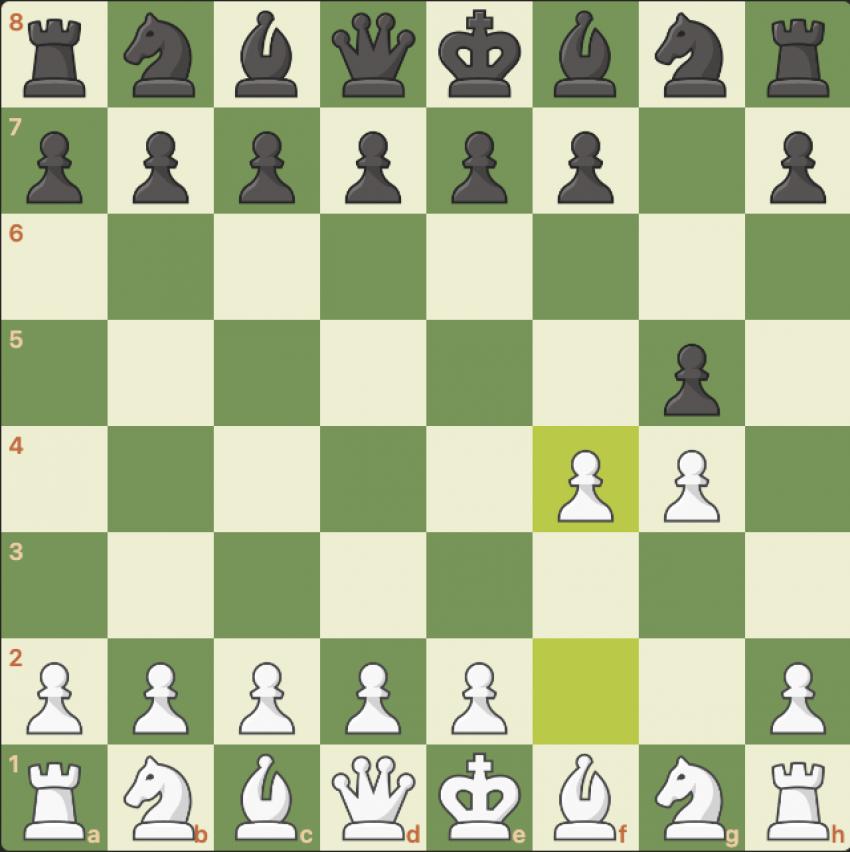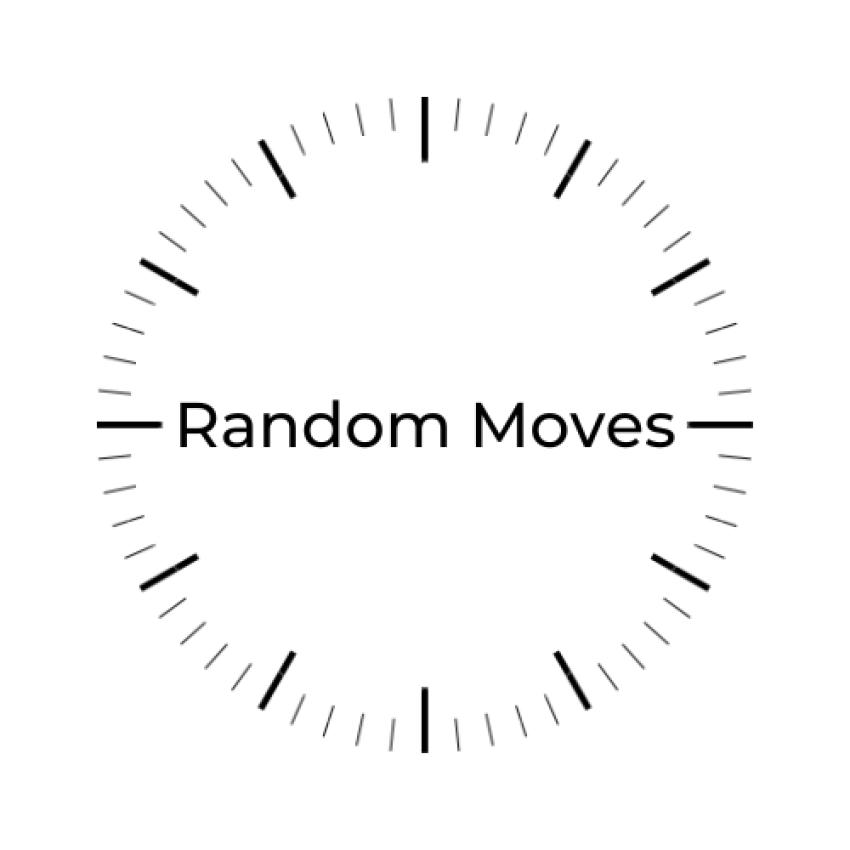Intresting Facts about chess
Random Moves
Info
Business and education
Areas of interest
Intresting Facts about chess
Playing chess Is more than fun, with Learnings and Insights
Chess, the timeless game of strategy and intellect, has captivated minds for centuries. It's not just a game of moving pieces on a board; it's a battlefield where cunning minds clash, meticulous plans unfold, and valuable lessons are learned.
Unveiling the Board
Imagine a checkered battlefield, 64 squares black and white, where 32 warriors, intricately carved from wood, stand poised for combat. This is the chessboard, a microcosm of the world, where pawns march forward, knights maneuver with grace, bishops rain diagonal fire, rooks thunder across ranks, and the queen, a majestic force, commands the battlefield.
The Art of War
Learning chess is like embarking on a journey of self-discovery. Each move is a decision, a calculated risk, and a thread woven into the grand tapestry of the game. You learn to think strategically, to anticipate your opponent's moves, to adapt, and to improvise.
Lessons from the Battlefield
Beyond the thrill of victory and the sting of defeat, chess offers invaluable life lessons:
- Planning and foresight: Every move requires planning, considering not just the immediate outcome but also the long-term consequences. Just like in life, impulsiveness rarely leads to success.
- Adaptability and resilience: The best chess players are masters of adaptation. They can adjust their strategies on the fly, turn setbacks into opportunities, and learn from their mistakes.
- Patience and discipline: Chess rewards patience. Rushing into moves without careful consideration often leads to blunders. Like in life, delayed gratification can bring greater rewards.
- Concentration and focus: The chessboard demands your full attention. Distractions can be fatal. This ability to focus translates well into other aspects of life, helping you stay on task and achieve your goals.
Beyond the Game
Chess is not just a game for geeks and grandmasters. It's a social activity, a bridge between generations and cultures. Playing chess with friends and family fosters bonds, sparks conversation, and creates lasting memories.
Take the First Step
So, are you ready to embark on this intellectual adventure? Take the first step, learn the basics, and enter the world of chess. You might just surprise yourself with the strategies you unlock and the lessons you learn on this captivating battlefield.
Remember:
- Chess is a journey, not a destination. Embrace the learning process, celebrate every victory (big or small), and learn from your losses.
- There's a chess community for everyone. Find people who share your passion, play online or in person, and join the global chess family.
- Most importantly, have fun! Chess should be an enjoyable challenge, a mental exercise that stimulates your mind and sparks your creativity.
Now, go forth and conquer the chessboard!
1. g4
2. f4
3. g5
This opening is a variation of the Grob Opening, specifically the Double Grob, where White has pushed both their g-pawns two squares forward. The Coca-Cola Gambit is considered to be even more aggressive and risky than the Double Grob, as it further weakens White's kingside pawn structure and opens up attacking lines for Black.
The name "Coca-Cola Gambit" is said to have originated from the analogy that the opening is like a bottle of Coca-Cola: it is full of fizz and excitement, but it can also be a bit too much and make you feel sick.
Despite its dubious reputation, the Coca-Cola Gambit has occasionally been played by club players and even a few grandmasters, such as Anish Giri. However, it is generally not recommended for serious competitive play, as it is difficult to consistently execute and can easily backfire if not handled carefully.
Here are some of the key characteristics of the Coca-Cola Gambit:
*Extremely aggressive: The Coca-Cola Gambit is one of the most aggressive openings in chess, as it immediately attacks Black's kingside pawn structure and opens up attacking lines for White.
*Vulnerable pawn structure: White's pawn structure is extremely weak in the Coca-Cola Gambit, and Black can easily exploit this weakness to create attacking chances.
Unbalanced position: The Coca-Cola Gambit leads to an extremely unbalanced position, with both sides having attacking chances.
*Occasionally effective:* The Coca-Cola Gambit can catch opponents off guard and lead to tactical opportunities, but it is generally too risky for serious competitive play.
Overall, the Coca-Cola Gambit is a fun and exciting opening that can be used to catch opponents off guard. However, it is not a reliable opening for serious competitive play, and it should be used with caution.
The Grob Opening
The Grob Opening is an unusual and aggressive chess opening for White, characterized by the first move 1. g4. This move, which immediately attacks Black's kingside pawn structure, is a radical deviation from conventional opening principles, which typically emphasize controlling the center with pawns. The grob opening is generally considered to be a dubious and risky strategy, but it can also be surprisingly effective in catching opponents off guard.History
The opening takes its name from Swiss IM Henri Grob (1904–1974), who analyzed it extensively and played hundreds of correspondence games with it. Grob believed that the Grob Opening could exploit Black's tendency to passively develop their pieces and allow White to create attacking chances. However, the opening has also been criticized for weakening White's pawn structure and creating imbalances that can be exploited by Black.Key Characteristics
Aggressive and unconventional
Vulnerable pawn structure
Unbalanced position
Occasionally effective
Overall, the Grob Opening is a risky and unconventional opening that requires careful preparation and execution. However, it can be a surprise weapon for club players and can occasionally produce exciting and unpredictable chess games.
On?, as well as chess and modern chess and languages.
It's about getting started on something to move on to the next move. I might not be able to start playing chess or writing right now, but I can figure it out a bit while thinking more about what to write and what I have learned about' how to get started, from thinking to knowing. I started reading the peace images which I saw on Asthapada, chaturanga images on Wikipedia, when we search for something the question or might be a answer we start searching for, or we may ask someone, but how about connecting and knowing the process of life that comes from thoughts and processes happening parellely around and on our mind which is sending all information on real time to the other brain waves from which we were connected while thinking the process of it and randomly generating questions on our mind, of getting started to search on, something lik3 which is not defined here, I started thinking again about the time period, year, ed, or Kaal, i went way beyond of years back to, however; i was confused about the real time, also started thinking about what was happening there around the world on that same time period, I started thinking and then finally started asking answeres to the Google answers, also started questioning to AI, more about this context and real time answers.
In this thinking, the session found Ashtpada (Sanskrit) was indeed a subject to go on and started learning and knowing about ancient India.
Any chess engine for Random Moves?
However playing with all random moves in chess is almost 99% chance of losing the game, if you don't know the basic chess rules.
Another topic in the chess world about random chess is chess 960.
Bobby Fisher, the Grandmaster's Random chess960 is a variation of the chess game where all chess pieces are placed randomly.
official.page/RandomMoves


